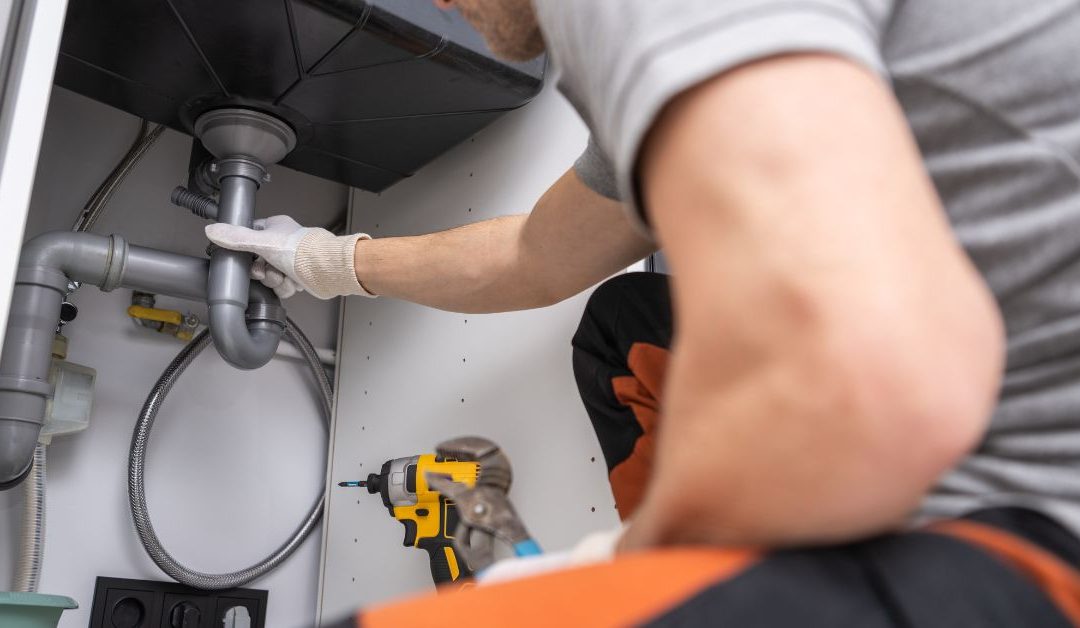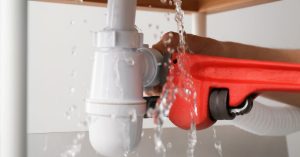Plumbing is one of those home maintenance chores that most homeowners either hate to do or just gets overlooked until it’s too late. It’s often messy and complicated, and needs specialized tools and knowledge to do the job properly. Of course, most of us already know that keeping your home plumbing in great shape is really very important. It saves you and your family from having to deal with emergency plumbing problems, as well as avoid wasting money on costly repairs later on.
Don’t worry, though: we have prepared a quick and dirty guide to show you some plumbing maintenance tips that will help you keep your home plumbing running smoothly. If you do happen to get into a plumbing emergency, though, make sure you immediately call the most reliable emergency plumbing services Asheville NC plumbers residents trust!
Check Regularly for Leaks
A lot of the time, leaks happen when you least expect it. But you can always do something proactively to avoid, or at least minimize, the impact of problems like this.
- Check your faucets and showerheads – Inspect them closely to look for any signs of visible cracks or damage. Try opening your faucets and shower, then close them again and then wait to see if dripping happens when you have already turned everything off. If you have a water heater, you should also check for leaks there.
- Check your sinks – This includes underneath the sinks, as well. Check the pipes underneath to see if there is any leakage or any signs of wetness where there shouldn’t be.
- Fixing the Leaks – Even if you are not a trained plumber, you can always do something to try and fix leaks. Turn off the water supply first, then get a wrench that is able to fit snugly around the pipe or fitting and turn it clockwise to tighten the connection. Most of the time, this will stop the leaks.
Dealing with Clogged Toilets
- Use a plunger or toilet augur – Toilet problems can be fixed with a little plunger power most of the time, so make sure you keep a quality plunger close by. If the plunger doesn’t help, try using a toilet augur instead. Insert it into the toilet bowl, gently push it down the drain, and then slowly turn the handle clockwise. This will either break up the clogging material or hook into it, which will then let you pull the material out.
- Drain cleaners – For clogged drains that are caused by hair and soap scum, enzyme-based cleaners are the best option. If the clog is caused by food and greasy items, we recommend using a caustic cleaner that can quickly dissolve food particles. For nastier and more problematic clogs, you can try using chemical-based products like cleaners with sulfuric acid, but be very careful with these. Use protective gear and strictly follow the safety instructions.
- Checking for Leaks – Here’s a neat trick you can try to see if your toilet is leaking: Put in a few drops of dark food coloring in the water tank. Wait a few minutes and then check if the water in the bowl turns colored even if you didn’t flush. If it does, you have a leak. Go ahead and check the flapper and fill valve, since these two are the most common sources of leaks for the toilet.
Maintaining Your Water Heaters
Quality water heaters can be expensive, but you can make sure that they last and work well for a long time if you maintain them properly and regularly.
- Flush the tank – We highly advise flushing your water heater tank annually. This will get rid of the sediment that has been collecting there. Doing this alone will help you save your water heater from corrosion and can even increase its efficiency.
- First turn off the power to the water heater as well as the water supply.
- Attach a hose to the drain valve, open the valve, and empty the tank.
- When you’re done, close the valve, remove the drain hose, and turn the water supply and power back on.
- Check the pressure relief valve – This should be located near the top of the water heater. It will typically have a lever that you can toggle up and down to release the water down the drain. Find that valve and check to see if it is working as it should. If water is not released after you lift the valve up, or if water continues to drain after you drop the valve, you should consider having it replaced soon.
- Check your temperature – You can play around with the temperature settings on your water heater, of course, but we suggest keeping the thermostat at 120°F (49°C). This setting will prevent you from being scalded while still being hot enough for showering or bathing. It also has the additional benefit of saving you money on your energy bill.
There are other plumbing issues that might affect your home sooner or later, but these are the most common types that we think you should be prepared for. Be proactive and schedule an inspection from the guys at Four Seasons Plumbing to make sure your home plumbing is in excellent condition.


Recent Comments